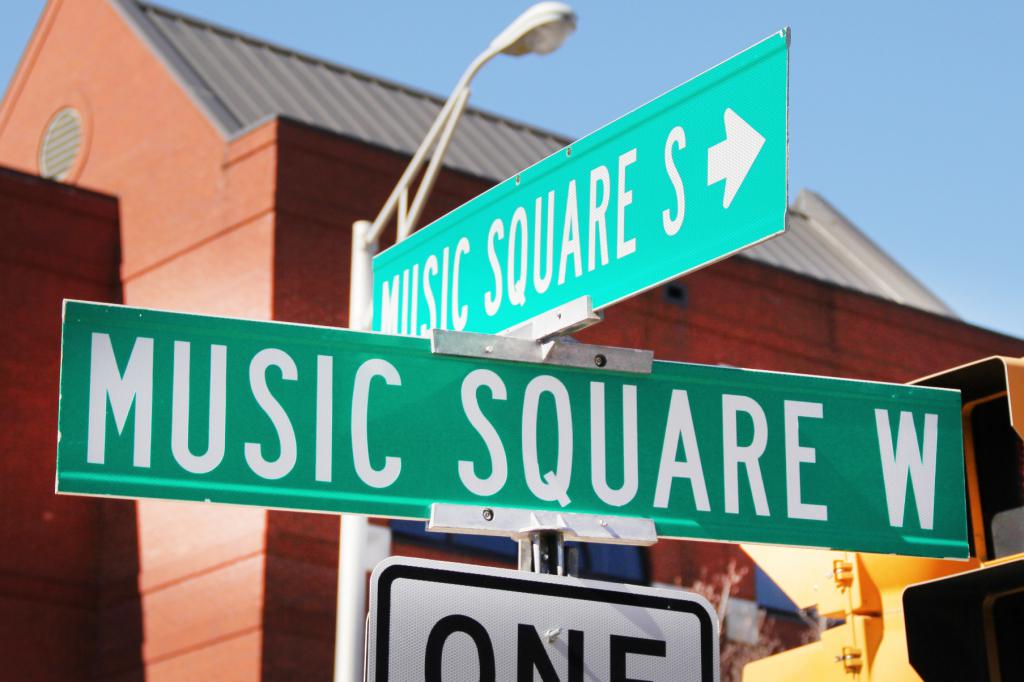When a song feels “just right”—when the chorus hits, the bridge surprises, and the whole thing sticks in your head for days—that magic is often built on a solid, time-tested song form.
Whether you’re writing pop, rock, country, R&B, or indie, understanding popular songwriting structures gives your creativity a framework. It’s not about rules—it’s about rhythm, payoff, and flow.
This guide breaks down the most effective and widely used song forms in modern music. Master these, and you’ll be equipped to write songs that sound both fresh and familiar—the sweet spot of every hit.
🧱 Why Song Form Matters
Song form is the architecture of a track. It tells you when to build tension, when to release it, and when to hammer the emotional hook. Just like movies have acts, songs have parts: verses, choruses, bridges, pre-choruses, and more.
Without structure, even the best lyrics and melodies can get lost. With structure, they shine.
🎵 The Most Popular Song Form: Verse–Chorus–Verse–Chorus–Bridge–Chorus
This is the gold standard of commercial songwriting. Used in thousands of hits across decades—from Taylor Swift to The Beatles to Adele—this form offers balance, repetition, and emotional build.
Structure:
• Verse 1 – Introduces the story or theme
• Chorus – Delivers the emotional hook and main idea
• Verse 2 – Continues or deepens the narrative
• Chorus – Repeats the hook
• Bridge – Offers contrast or a twist in meaning
• Chorus (again) – Reaffirms the central message
Why it works:
It gives enough space for storytelling while anchoring the song around a memorable, repeated chorus. The bridge refreshes the ear before the final chorus lands harder.
🔄 Repetition-Heavy Form: Verse–Chorus–Verse–Chorus–Chorus
Used in pop and EDM, this form drops the bridge and doubles down on repetition.
Example: “Shake It Off” by Taylor Swift.
Why it works:
It drives the chorus home. Great for high-energy songs or when the hook is ultra-strong.
🧱 Simpler Form: Verse–Verse–Bridge–Verse
Known as the AABA form, this was the dominant structure in the early 20th century—think Frank Sinatra, early Beatles, and Broadway standards.
Structure:
• A = Verse with a recurring melody
• B = Bridge offering a contrast
• Final A = Returns to original melody/theme
Why it works:
It allows subtle lyrical variation with a consistent melodic base. This form is more lyric-driven and is making a comeback in acoustic and folk genres.
🌀 Modern Hybrid: Verse–Pre-Chorus–Chorus–Verse–Pre-Chorus–Chorus–Bridge–Chorus
This is your modern pop machine—used in hits by Katy Perry, Maroon 5, Dua Lipa, and Post Malone.
Structure:
• Pre-Chorus – A small build between the verse and chorus
• Chorus – Big, bold, and catchy
Why it works:
The pre-chorus builds tension that makes the chorus explode. Great for emotionally dynamic or dance-oriented songs.
🎶 Hook-First Form: Chorus–Verse–Chorus–Verse–Bridge–Chorus
This “hook-first” form starts strong and leans into instant gratification. Used often in radio singles and TikTok-optimized tracks.
Why it works:
Grabs listeners in seconds. The chorus becomes a familiar anchor the rest of the song orbits around.
🛠️ Choosing the Right Song Form
There’s no one-size-fits-all. The right form depends on:
• The emotion of the song
• The genre you’re writing in
• Whether your chorus or your verses carry the most weight
• Whether you’re aiming for a twist, a story arc, or a vibe
Ask yourself:
• Where’s the payoff? (That’s your chorus)
• What’s the journey? (That’s your verse)
• Do I need a twist? (That’s your bridge)
📈 Final Thoughts: Form Serves the Song
Structure shouldn’t limit your creativity—it should support it. Learn the rules, use them wisely, then break them when the song demands it.
Some of the greatest songs ever written follow basic formulas. Others completely abandon form and still connect. What matters most is intention—that every section builds toward something that moves the listener.
So explore the classics. Experiment with hybrids. And trust your ear.
The next hit is waiting to be written—and it starts with a strong foundation.



